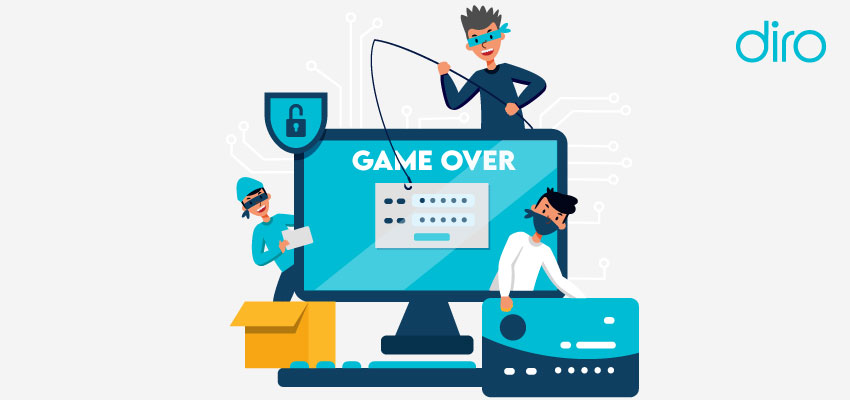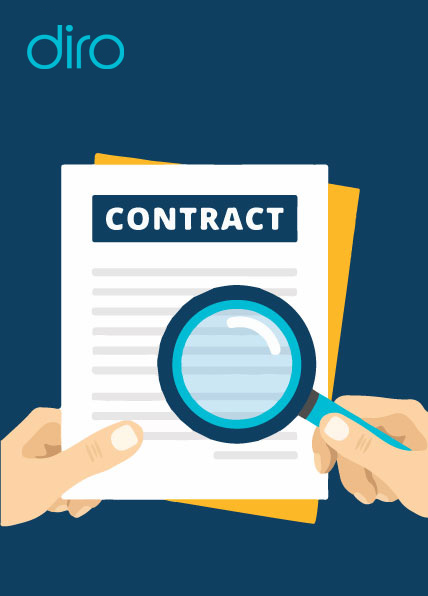Five Key Fraud Management and Assessment Strategies

In today’s digital landscape, businesses with an online presence often encounter fraud or potential fraud. As cybercriminals employ advanced techniques like ‘synthetic identities,’ organizations seek comprehensive approaches to fraud and risk management. To effectively combat fraud, businesses are adopting holistic fraud risk management strategies.
Fraud risk management entails evaluating fraud risks within an organization and designing an anti-fraud program to preempt fraudulent activities. This involves identifying inherent and potential fraud risks and implementing measures to detect and prevent both internal and external fraud.
Statistics indicate that companies worldwide lose an average of 5% of their gross revenue to fraudulent activities. Given this substantial impact, businesses must proactively address fraud risk to prevent its escalation within their operations.
Fraud risk management also carries legal implications, as non-compliance can result in severe penalties for both organizations and employees. The “Yates Memo” of 2015 spotlighted corporate wrongdoing and held individuals accountable for knowing of misconduct within their organization.
Key Factors in Fraud Risk Assessment
Here are the five key principles of an effective fraud risk management strategy:
1. Fraud Risk Assessment
Understanding organizational vulnerabilities is the first step in fraud prevention. A comprehensive risk assessment helps analyze the specific risks that a company faces due to its complexity, scale, products, and market exposure. It examines various risk types, their likelihood, and associated costs.
The assessment encompasses internal and external factors. Employees’ interactions with company resources, senior management communication, and external threats should be scrutinized.
Defining a risk-tolerance limit quantifies risks and guides the development of a strategy that prioritizes risks exceeding the limit.
2. Fraud Risk Governance
Embedding fraud management into the corporate culture is essential. Stakeholders must embrace new procedures and comprehend the severity of fraud risks. Effective Governance includes:
- Clear strategy communication for upper management and a fraud risk manager
- Delegated roles and responsibilities
- Whistleblower procedures
- Internal balance and transaction audit measures
- Investigation process description and corrective actions
- Fraud awareness tools and techniques
Appointing a designated leader responsible for the entire fraud risk management program ensures cohesive communication, training, and adjustments.
3. Fraud Risk Prevention
A proactive approach involves deploying fraud detection tools at the onboarding stage to verify identity. This strategy applies to customers, employees, and vendors, preventing fraudulent individuals from embedding themselves within the organization.
The primary goal is to stop fraud before it occurs. Frequent risk assessments and internal controls are crucial. Over time, the organization may modify its prevention program, potentially avoiding certain activities or transferring risk to other parties.
4. Fraud Risk Detection
Controls and reporting mechanisms employed for prevention can also aid detection. Controls, implemented across various organizational layers, alert employees to potential fraud. Clear understanding and timely assessment of controls are imperative.
Reports play a critical role in detecting fraud by identifying variances and suspicious behavior. These reports should contain essential details, including timestamps. A streamlined process for flagging fraud ensures prompt action while safeguarding sensitive information.
5. Monitoring and Reporting
Fraud risk management is a continuous process that necessitates monitoring and reporting on the first four principles. Regular assessment evaluates successes, identifies blind spots, and highlights areas for improvement.
Transparency is vital in communicating outcomes to stakeholders. Regular reviews of legal requirements ensure compliance.
Summary
In summary, clarity is the common thread running through these five principles. A thorough risk assessment establishes the foundation, and clear governance ensures alignment across the organization.
Collaboration and culture underpin fraud prevention, while effective detection relies on transparent controls and reporting. Consistent monitoring and reporting sustain a robust fraud management system.
A well-integrated fraud risk management strategy shields organizations from financial losses, fraudulent activities, and legal repercussions.
FAQs
Fraud management refers to the set of processes, tools, and strategies used by organizations to detect, prevent, and mitigate fraudulent activities. It’s important because fraud can lead to financial losses, damage to reputation, and legal consequences for businesses and individuals.
The main goals include identifying fraudulent activities, preventing fraud from occurring, reducing fraud-related losses, and maintaining compliance with legal and regulatory standards.
Fraud assessment strategies involve evaluating the potential risks and vulnerabilities within an organization’s operations that could lead to fraud. This is a proactive step to identify areas of weakness and implement preventive measures. Fraud management, on the other hand, deals with ongoing activities to detect and respond to actual instances of fraud.
Common methods include conducting risk assessments, internal audits, and vulnerability assessments to identify weak points in an organization’s processes that could be exploited for fraudulent activities.













